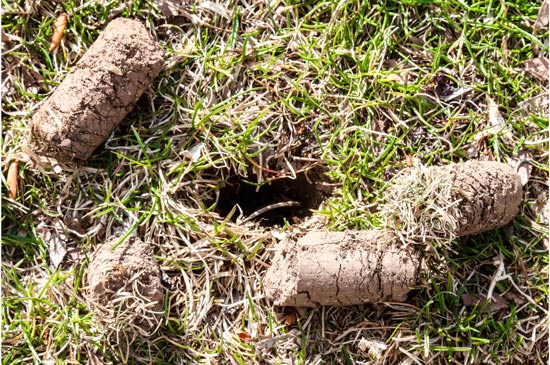Southwest Desert Grass Care Calendar
- 16
- Apr

Maintaining a beautiful, healthy lawn in the desert southwest is a challenge, but it can be done. In the case of a desert lawn, it is best for the owner to have a calendar of what needs to be done and stick to it.
Before anything else, the owner needs to buy grass that is best for their climate. For the southwest, these are warm-season grasses such as Bermuda grass, centipede grass, St. Augustine grass, and zoysia grass and native species such as buffalo and blue grama grass. These grasses have moderate to high tolerance for heat and drought, and their need for fertilizer ranges from moderate to very low. Now, here is the desert grass care calendar:
Winter
Homeowners may believe that winter is a time to take it easy, but it’s also the best time to make sure that all the equipment needed to keep the lawn healthy is in good order. This means making sure that the blade of the lawnmower is sharp and balanced and that it’s been drained of stale oil and gasoline. Late winter is also the best time to add pre-emergent herbicide to the lawn to kill weeds even before they germinate.
Spring
Mow the grass in the late spring or when it’s around 3 inches high. Be careful to not take more than an inch off the top, because grass shouldn’t be mown more than a third of its height. However, another tip for desert grass care is to allow it to grow a bit taller than the homeowner might like. This encourages the grass to grow deep roots and shade out any weeds.
Spring is also time to de-thatch and aerate the lawn. Thatch is a tangle of dead grass and other debris that stops water, light, and air from getting into the soil and the roots of the grass. Aeration loosens soil that is too compact. Sometimes hand tools are enough to de-thatch and aerate the lawn, but if the problem is severe, machines can be rented from big box stores.
Lightly fertilize the lawn right after its first spring mowing. The best fertilizers are organic and slow-release. Lawn experts recommend feeding the lawn every two months or so until fall.
Spring is also the time to kill grubs and other pests. Natural pesticides include the grub’s natural enemies, such as beneficial nematodes. Learn more about spring lawn care here.
Summer
If the homeowner wants to start a lawn, summer is the time to do it. They can sow seeds, plant sprigs or plugs or lay down sod. However a new lawn is started, it will need lots of water until it’s established. Make sure that it’s watered deeply to encourage the grass to grow deep roots.
When it comes to watering, summer is the time to make sure an established lawn is also well watered, especially in the southwest climate. Experts recommend about an inch of water a week. The grasses that are best for the southwest can stand spells of drought and heat, but if they go dormant, the owner should wait for a good soaking rain before starting to water the lawn again.
Once you get your lawn care covered, maybe it’s time to pick some flowers for your garden! Here’s a guide to help you choose what’s best.
